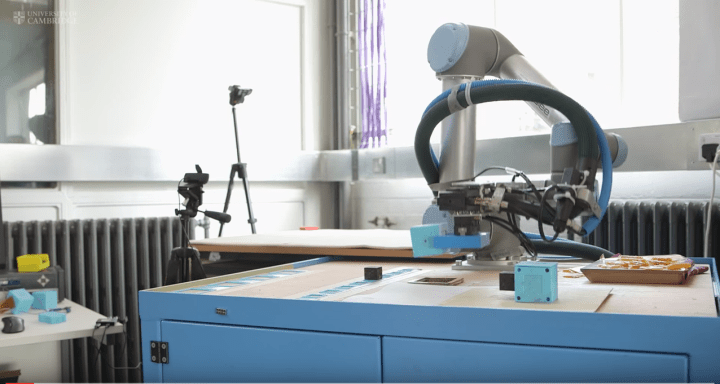
In five separate iterations, the robots were observed over a period of 10 generations, during which the original robot built a number of “cube-bots,” robots constructed of small plastic cubes containing motors. The “mother” then tested her offspring by measuring how far it could travel from a fixed point in a fixed period of time. With each new generation, the robot would maintain the design of the best “child,” and then improve upon the design in conceptualizing the next set of cube-bots. Ultimately, the team at Cambridge and ETH Zurich found that the desired traits were given preference in such a way as to allow the 10th generation of cube-bots to perform twice as well as the first generation.
In a statement, Cambridge engineer Dr. Fumiya Iida of Cambridge, who worked alongside researchers at ETH Zurich, said, “Natural selection is basically reproduction, assessment, reproduction, assessment and so on. That’s essentially what this robot is doing — we can actually watch the improvement and diversification of the species.”
And this doesn’t only apply to robots — in fact, researchers hope that insights garnered from these experiments may further inform how humans themselves have evolved and how natural selection takes place. Iida coninuted, “One of the big questions in biology is how intelligence came about — we’re using robotics to explore this mystery. We think of robots as performing repetitive tasks, and they’re typically designed for mass production instead of mass customization, but we want to see robots that are capable of innovation and creativity.”
Soon enough, our children may be playing with robot children — and with their speed of evolution, it may not be long before humans are left in the dust.


